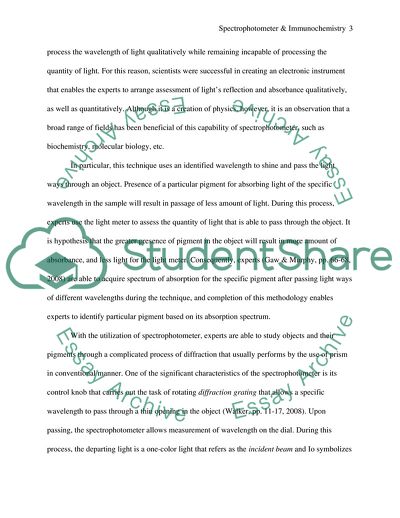Cite this document
(Spectrophotometer & Immunochemistry Coursework Example | Topics and Well Written Essays - 2000 words, n.d.)
Spectrophotometer & Immunochemistry Coursework Example | Topics and Well Written Essays - 2000 words. Retrieved from https://studentshare.org/medical-science/1731830-compare-between-two-techniques
Spectrophotometer & Immunochemistry Coursework Example | Topics and Well Written Essays - 2000 words. Retrieved from https://studentshare.org/medical-science/1731830-compare-between-two-techniques
(Spectrophotometer & Immunochemistry Coursework Example | Topics and Well Written Essays - 2000 Words)
Spectrophotometer & Immunochemistry Coursework Example | Topics and Well Written Essays - 2000 Words. https://studentshare.org/medical-science/1731830-compare-between-two-techniques.
Spectrophotometer & Immunochemistry Coursework Example | Topics and Well Written Essays - 2000 Words. https://studentshare.org/medical-science/1731830-compare-between-two-techniques.
“Spectrophotometer & Immunochemistry Coursework Example | Topics and Well Written Essays - 2000 Words”. https://studentshare.org/medical-science/1731830-compare-between-two-techniques.


